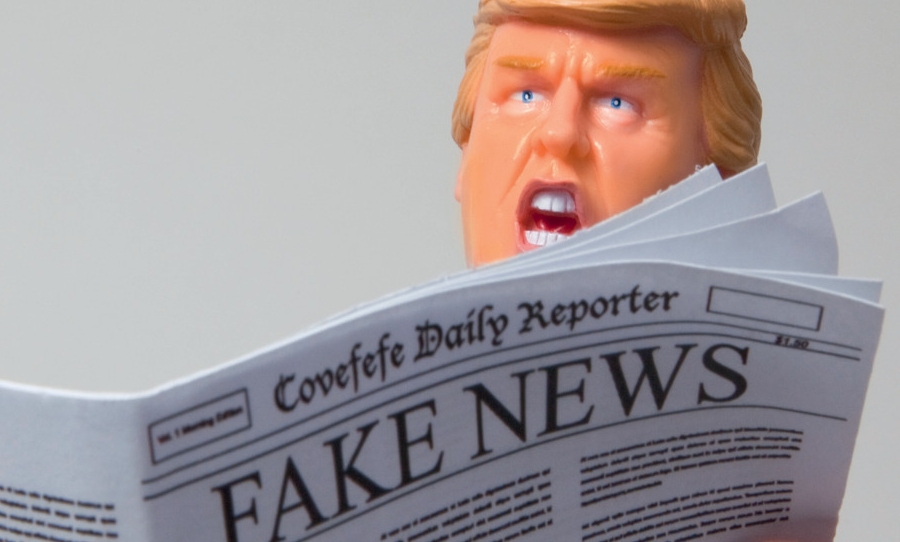Fake news travels six times faster than real news, but what is it about these untrue stories that make them so darn enticing?
Fake news seems to be an overused and saturated phrase in the media these days. Although the term ‘fake’ implies a largely distorted version from the truth, deciphering between the two can be a lot harder than you think. In a study conducted by the AAAS, it was found that fake news spread six times faster than the truth: a scary but surprisingly accurate find. During the 2016 US election, the top 10 most circulated news stories on Twitter were all inaccurate, with the most popular article alleging that the Pope had endorsed Donald Trump for President.
Although a terrifying reality, what is it about fake news that actually hooks us?

Earlier this year, Twitter recorded a dramatic increase in use across their site, reporting that 12 million more people were using the platform daily than in the previous year. It just so happens that, in the same period, Forbes reported that more Americans than ever were gaining their news from social media. With social media usership reaching an unprecedented high and most user-generated content not receiving proper fact-checking by major sites, these platforms soon became a breeding ground for misinformation surrounding the COVID-19 pandemic and the recent US election.
Want to see fake news in action? Just take a quick look at Donald Trump’s Twitter account. It comes as a deep point of irony that the very President who had coined “fake news” as his propaganda would, in fact, be a major participant in the spread of misinformation during across these sites. It was only in the last few weeks that Twitter began fact-checking and flagging Trump’s posts, while Facebook had been recently exposed for boosting right-wing content.
time to watch that video of #AOC absolutely owning #Zuckerberg again. she’s🔥https://t.co/2LMmsYWRmd
— Lucy Ryan (@looceefur) November 13, 2020
This has left many users in a state of worry about the content that we see on social media and its accuracy. Fake news tends to grab our attention because it contains higher emotive content and unexpected information. People are more likely to repost an interesting story and, thus, the cycle of fake news is fuelled. A major example of this cycle can be found in the spread of 5G conspiracy theories. Whether it be that 5G causes coronavirus or that the network’s wireless towers were installed to fry our brains, the new 5G network has raked in every possible conspiracy under the sun. Despite these accusations holding no basis in fact, their dangerous circulation across social media resulted in sometimes violent movements against their installation.
And careful. 5g injects Corona virus into your inner ear.
— Michael Fife #FBPE #BLM #3.5% take your mask home! (@Mike_Fife) November 13, 2020
It comes as no surprise that fake news contains deeper undertones of resentment and anger than accurate news. According to a study co-written by Rui Fan, the anger prevalent in fake news travels faster because users associate it with real-world events. It can be easy to continue using our online accounts at a default capacity, but this will ultimately continue the circulation of misinformation as there is nothing to challenge it.
Telling the difference between a real story and fake news is tricky, but ultimately comes down to the source. Taking a look into the credibility of the news source can save you the time of delving into a fake narrative and can prevent the circulation of misinformation across social media. Always approach the news you read with care, and be sure to have faith in reputable, trained sources of journalism.
How is this even legal for them to air this garbage? Is it legal? pic.twitter.com/5oyLZ2srPo
— Bill Maxwell 😷 #NeverTrump (@Bill_Maxwell_) November 17, 2020



